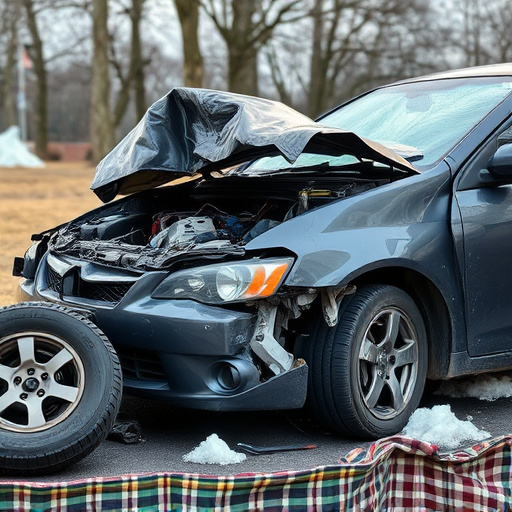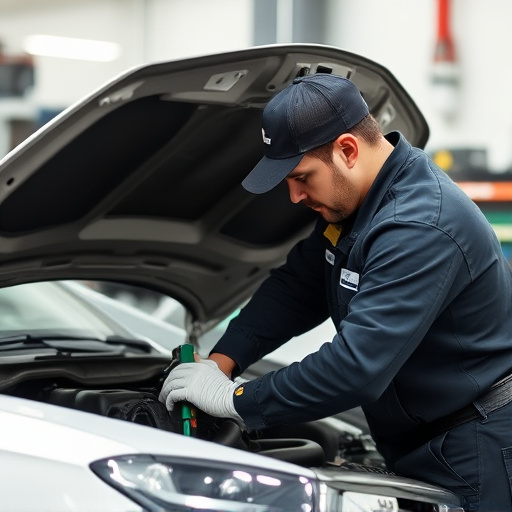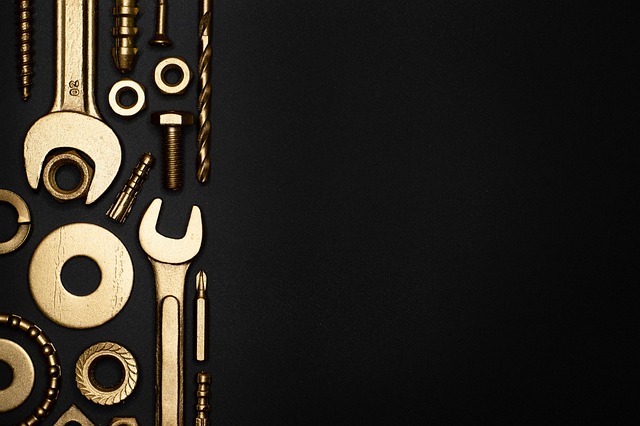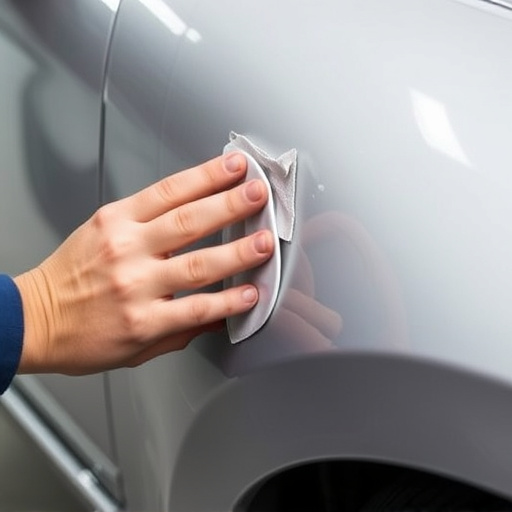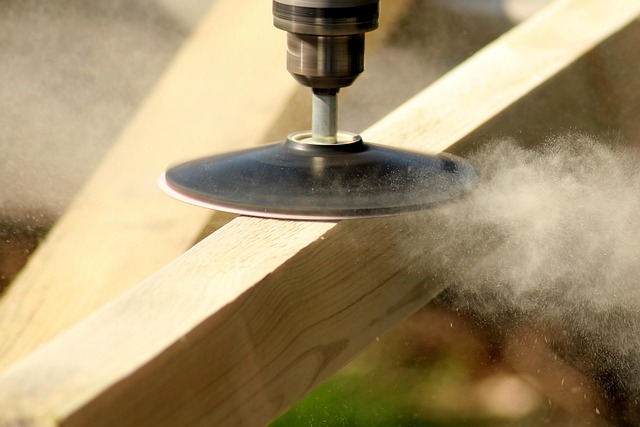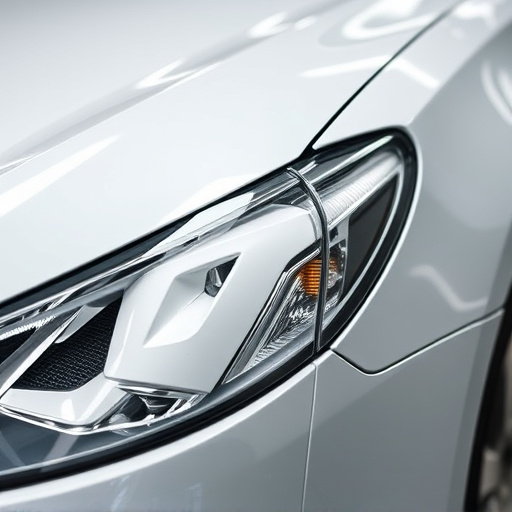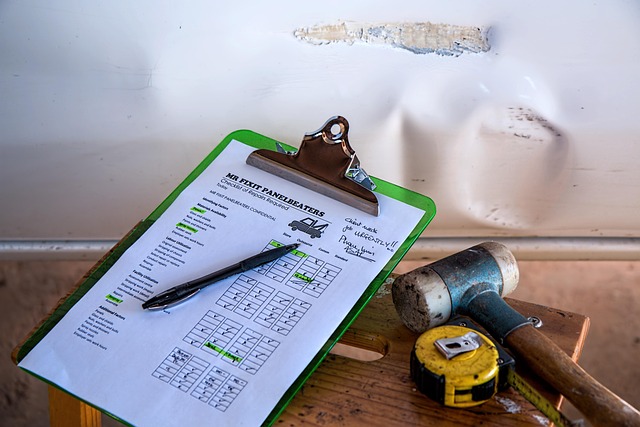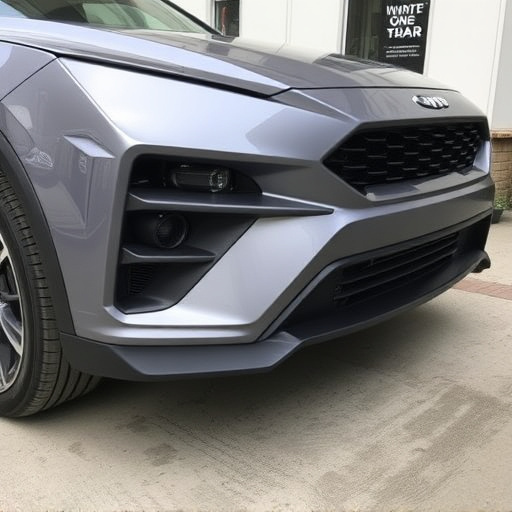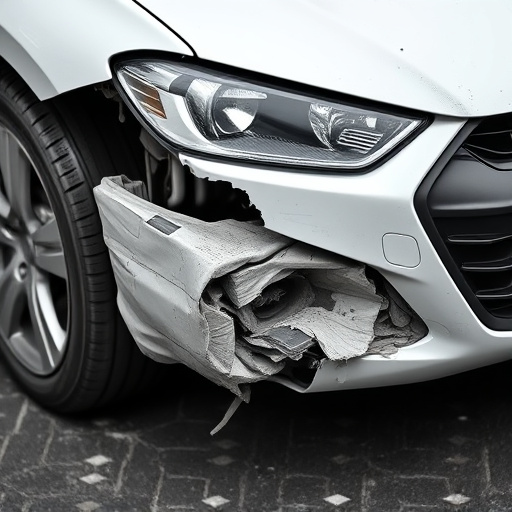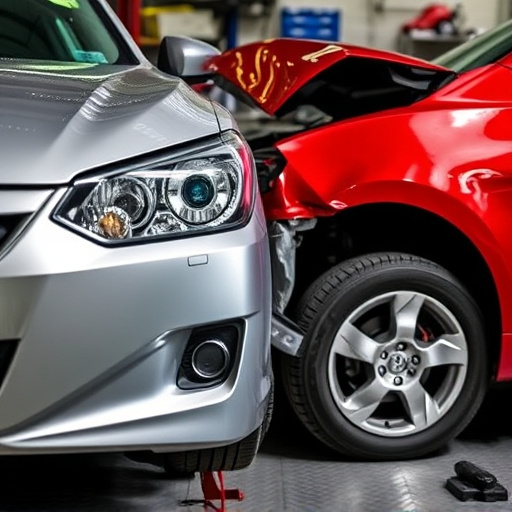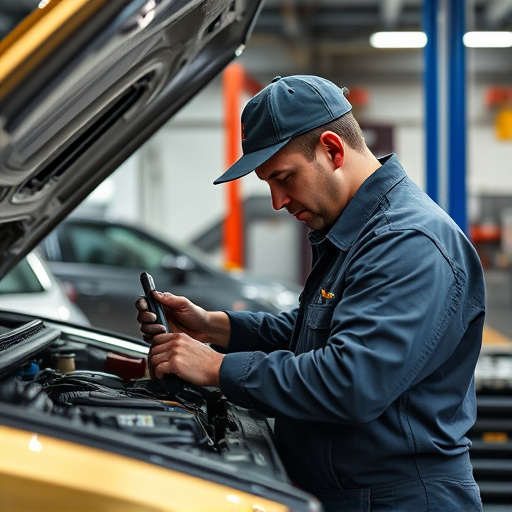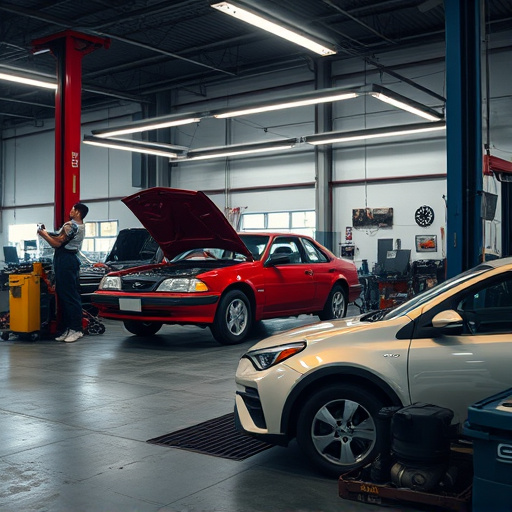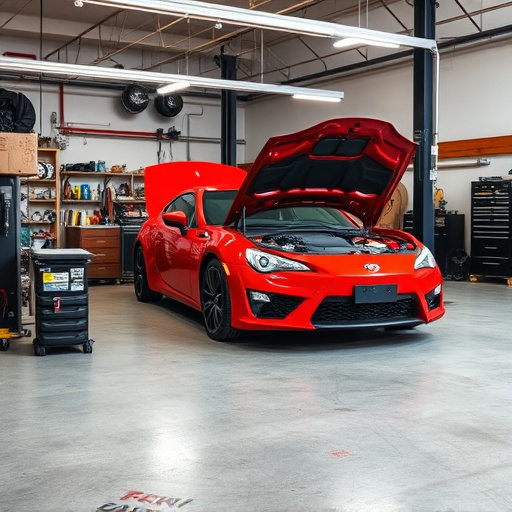Vintage auto body repair is an art that preserves the historical integrity and unique craftsmanship of older vehicles, blending history with functionality. It involves specialized techniques like metalworking and wood carving, alongside color matching and restoration, to revive classic cars for road use or display. This field faces challenges from scarce original parts, requiring creative solutions and a deep understanding of traditional repair procedures. The goal is to honor past generations' ingenuity while ensuring intricate designs and detailed finishes remain intact.
Unleash the magic of restoring your classic ride with our comprehensive guide to advanced vintage auto body repair. Dive into the historical context and unique challenges that make this art form both rewarding and intricate. Discover essential tools, learn to spot subtle damage, and master professional painting techniques for authentic results. Plus, find out how to maintain longevity through post-repair care tips, ensuring your vintage vehicle shines for years to come. Explore these advanced techniques and elevate your restoration game.
- Understanding the Basics of Vintage Auto Body Repair
- – Historical context and importance
- – Unique challenges and considerations
Understanding the Basics of Vintage Auto Body Repair

Vintage auto body repair is an art that combines traditional techniques with meticulous attention to detail. Before diving into advanced tips, it’s crucial to grasp the fundamentals. Understanding the unique materials and methods used in older vehicles is key. For instance, many vintage cars featured wooden frames, which require specialized care compared to modern metal frames.
Additionally, learning about the specific body panels and their construction can prevent damage during disassembly and repair. The process involves careful assessment of each panel’s condition, as well as matching original colors and finishes accurately. This knowledge base equips enthusiasts with the skills to approach auto body restoration projects with confidence, ensuring their vintage vehicles maintain historical integrity while enjoying a fresh, functional life on the road or display.
– Historical context and importance

Vintage auto body repair holds a unique place in automotive history, reflecting the craftsmanship and artistry that defined earlier eras. Before the advent of modern technology and mass production, every car was a bespoke creation, meticulously hand-crafted by skilled artisans. This historical context is crucial as it underscores the importance of preserving these classic vehicles not just for their aesthetic appeal but also as a tribute to the ingenuity and skill of past generations.
The art of vintage auto body repair involves intricate techniques such as metalworking, wood carving, and custom painting, many of which have been lost or evolved beyond recognition. Professionals who specialize in this field must possess a deep understanding of these historic methods to ensure authenticity and accuracy in their restoration work. This not only contributes to the longevity of these classic cars but also provides auto enthusiasts with a glimpse into automotive history, ensuring that the rich tapestry of car design continues to unravel for future generations through the art of vintage auto body repair.
– Unique challenges and considerations

When it comes to vintage auto body repair, enthusiasts face unique challenges that differ from modern vehicle restoration. The primary consideration is the availability and accessibility of original parts, as many classic car manufacturers no longer produce replacement pieces. This often requires a creative approach, including searching for parts from junkyards, specialty dealers, or even repurposing components from similar vintage models.
Another challenge lies in the differing techniques and technologies used in auto bodywork over the years. Older methods may not align with contemporary practices, necessitating an in-depth understanding of historical repair procedures. For instance, traditional metalworking skills, such as hand-hammering and traditional welding techniques, are often required for authenticity. Moreover, these classic cars might have intricate designs and detailed finishes that demand meticulous care during the repair process, especially when addressing issues like rust, dents, or cracked paint without compromising their original aesthetic.
Vintage auto body repair is a unique and rewarding endeavor that preserves historical automotive heritage. By understanding the basics, recognizing the challenges, and employing advanced tips, restorers can achieve remarkable results in restoring these classic vehicles to their former glory. Embracing vintage techniques while staying adaptable ensures the art of automotive restoration continues to evolve, allowing us to appreciate and safeguard these timeless machines for future generations.

